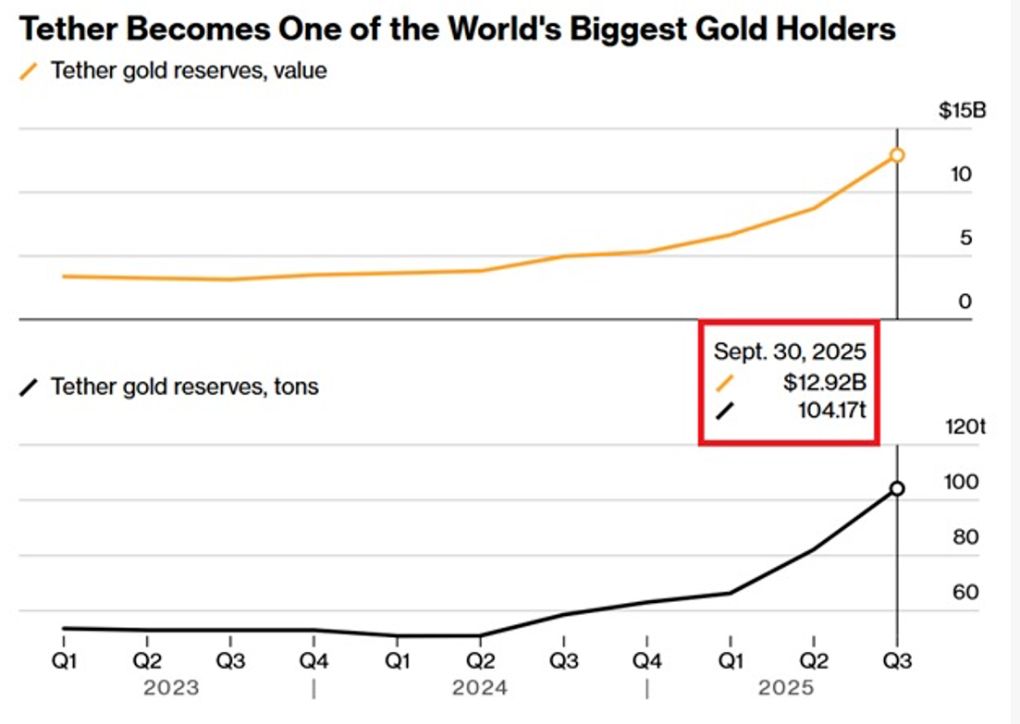Analysts say Ethereum’s market is currently sustained mainly by retail-driven accumulation—not institutional demand—centered on large “Ethereum treasuries” and concentrated inflows from South Korean retail investors, which provide short-term support but raise concerns about durability and valuation risk for ETH.
-
Retail accumulation via corporate “ETH treasuries” is a primary near-term support.
-
ETH is underperforming Bitcoin; ETH/BTC ratio and price range suggest limited institutional inflows.
-
Data: ~5.49 million ETH held by ~67 firms (~4.5% of supply) per Strategic ETH Reserve reporting.
Ethereum market drivers: retail-led ETH treasuries and regional inflows are keeping ETH afloat—read expert analysis and takeaways.
What is driving Ethereum’s market?
Ethereum’s market is currently driven by concentrated retail accumulation—not broad institutional adoption. Large corporate-style ETH treasuries and promotional campaigns, particularly targeting South Korean retail, have created a demand narrative that supports prices despite a weaker ETH/BTC ratio and range-bound price action.
How are South Korean retail investors and ETH treasuries affecting price action?
Analysts point to a wave of South Korean retail investment flowing into firms that accumulate ETH on corporate balance sheets. Samson Mow estimated roughly $6 billion tied to these “Ethereum treasuries,” which emulate Bitcoin accumulation playbooks.
Strategic ETH Reserve data shows about 67 firms hold approximately 5.49 million ETH, or ~4.5% of circulating supply. That scale can prop up prices short term, but it concentrates risk if retail sentiment reverses.
Why is ETH underperforming Bitcoin?
Ethereum underperformance stems from a slower influx of institutional demand and a declining ETH/BTC ratio. Market data shows ETH down ~2% in 24 hours and ~5% vs. BTC over the past month, indicating relative weakness despite narrative-driven inflows.
What are analysts saying about the quality of accumulation?
Industry voices express caution. Samson Mow labeled the current support “retail-driven rather than institutional,” warning misplaced enthusiasm may trigger a correction. Andrew Kang of Mechanism Capital described many ETH treasury models as lacking financial rigor compared with Bitcoin-focused firms.
Analysts compare the dynamic to past speculative cycles, noting promotional marketing and influencer-driven campaigns have amplified retail participation without clear long-term institutional backing.
Frequently Asked Questions
How much ETH do corporate treasuries hold?
Strategic ETH Reserve indicates ~67 firms hold about 5.49 million ETH, roughly 4.5% of total supply. This concentration can materially influence price dynamics if accumulation or liquidation accelerates.
Is the ETH treasury trend sustainable?
Short-term sustainability depends on continued retail inflows and positive sentiment. Without a shift to broader institutional demand, analysts caution the trend is fragile and vulnerable to reversals.
What technical range is ETH trading in now?
Analysts report ETH trading in a wide range, with resistance near recent highs and support around major moving averages. Some expect ETH to remain between $1,000 and $4,800 absent a strong institutional catalyst.
Key Takeaways
- Retail-led support: Corporate ETH treasuries and South Korean retail flows are primary near-term drivers.
- Concentration risk: ~5.49M ETH held by ~67 firms equals ~4.5% of supply—this increases volatility risk.
- Watch BTC performance: Continued Bitcoin outperformance could undermine the ETH treasury narrative and pressure ETH prices.
Conclusion
Current evidence shows Ethereum’s market is buoyed more by concentrated retail accumulation and corporate-style ETH treasuries than by broad institutional adoption. Ethereum market strength will likely hinge on whether inflows diversify beyond retail and whether institutions provide sustained demand. Monitor supply concentration metrics and Bitcoin’s relative performance for early warning signs.
Reporting note: Original reporting by Kosta Gushterov (Coindoo) summarized and analyzed for COINOTAG publication on 7 October 2025 at 12:00 UTC.



